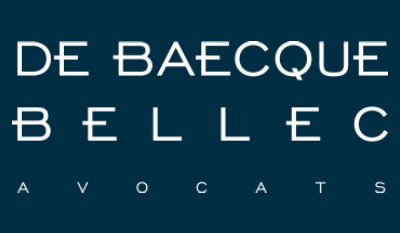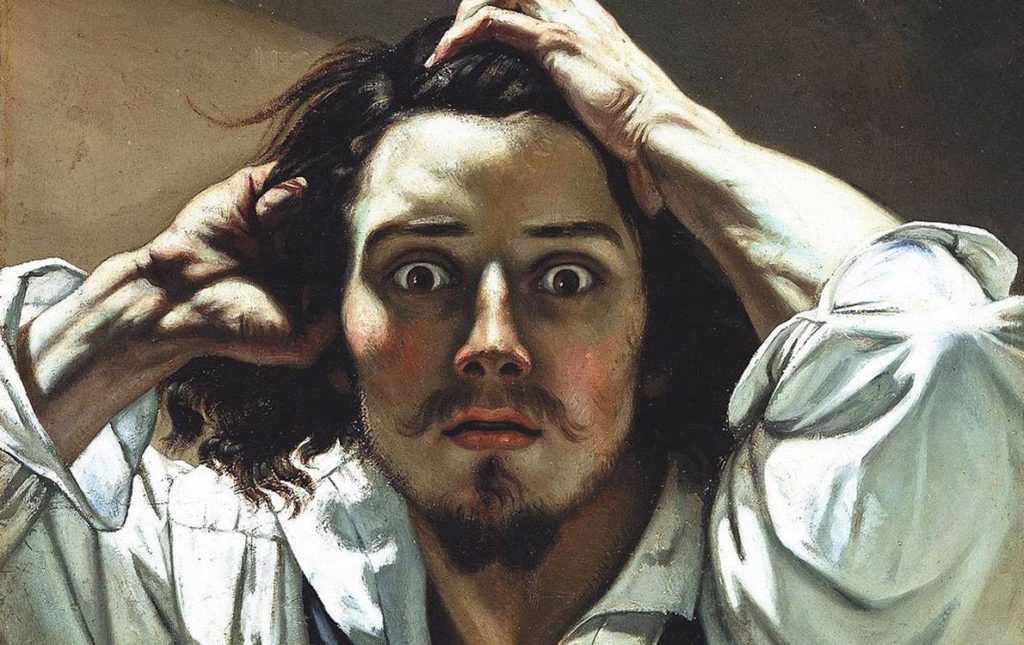French courts have become more restrictive on granting copyright protection. This is the case for photographs of works of arts and zinc plates used to produce lithographs. As a consequence, these works can be freely used or sold on the art market.
1. Lack of protection for photographs that are faithful reproductions of sculptures (Court of Appeal of Paris, 16 January 2013)
Facts: A sculptor commissioned photographs of his works for a catalogue/monograph about his works. Subsequently, without obtaining a specific permission/or copyright grant from the photographer, the sculptor used these photographs for other purposes, specifically for exhibition catalogues and sale through a gallery. (The photograph had standing because, under French law, there is no transfer of copyright through work for hire: an employee must sign a copyright transfer). Thus the photographer sued for copyright infringement.
To benefit from French copyright protection, the photographers must establish the originality of each photograph : in other terms each photograph must bear the mark of his personality.
The Court of Appeal closely analyzed each photograph and the context in which they were created. The Court found that in this case, the choice of the framing and the techniques of the photo shoot were dictated by technical requirements: to accurately show the sculptures and produce a faithful image, without particular aesthetic/artistic research or originality being involved. Moreover, the Court found that the photographs were not distinguishable from other images created by the sculptor or third parties and depicting the same sculptures.
The Court concluded that “the photographs at issue are merely the faithful reproduction of works of art and are only of a purely informative nature; that even if they are of an excellent technical quality, they are only the reflection of the know-how of their author in the framework of a technical work of execution without being marked by any originality capable of expressing the personality of the latter”.
The Court of Appeal of Paris had ruled similarly with regard to photographs that were faithful images of paintings (CA Paris, 24 June 2005). However, in the past, the same Court had reached a contrary result in a case where the photographer had, it seems, highlighted some of the fragments of a painting (CA Paris, 26 September 2001).
While it is risky to infer that all photographs of works of art may be freely used by the person commissioning photography, and the analysis and the outcome is fact specific, in general, when photographs are the faithful and accurate reproduction of a work of art, without special efforts or special aesthetics, the photographs should not enjoy any protection. Therefore, this will often be the case of photographs appearing in art/auction catalogs or monographs.
2. Zinc plates used to produce a lithograph may be freely sold (Cass. Civ. 1 December 2011)
A gallery acquired two zinc plates produced in the 1950s as reproduction tool of lithographs by Giacometti. These plates, sold for 70,000 euros, came from the printing house. The gallery was trying to resell them at a price of 150,000 euros. The artist’s heirs sought to seizure the plates and started a law suite.
The issue before the court was whether the plates were copyrightable, despite the fact they are tools for creation of prints. As consequence, any exploitation (display, sale, etc.) would have been subject to an authorization of the copyright holders. And the possessor of the plate would have needed to prove that the artist authorized it communication to the public (“droit de divulgation”).
Of course, the heirs pleaded that the plates qualified as protected works. This qualification would have allowed them to allege that the sale was subject to the control of the author and that, even in the absence of any publication by the owner in this form, their exploitation constituted a copyright infringement justifying their confiscation.
The Court did not agree with the copyright holders. The Court deemed that the zinc plates are a simple technical means used to allow the production of lithographs and do not constitute, in themselves, a copyrightable work. As a consequence, the Court found that the plates can be freely sold, as distinct from the lithographs.
This decision may be (and has been) criticized. Indeed the zinc plates, as an intermediate step of the manufacture of lithographs, are the reverse reproduction of the latter, without the colors chosen by the artist (Technically, by putting ink on the plate and printing on paper you obtain the figure in the right position, like a negative in silver photography). The sale of such reproduction is therefore an exploitation of the lithographs in a format that had not been desired by its author Giacometti, and which, in theory, may give rise to an infringement of his moral right.

